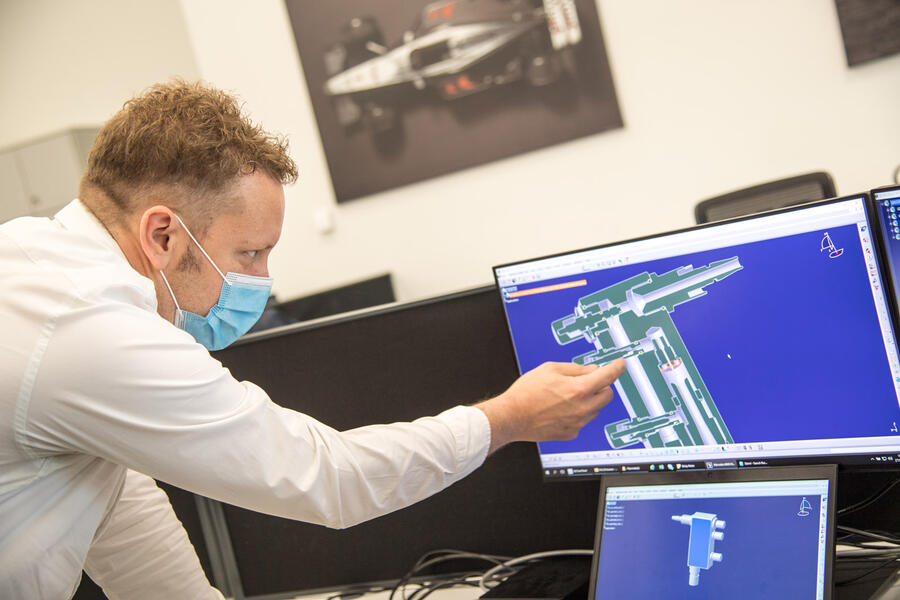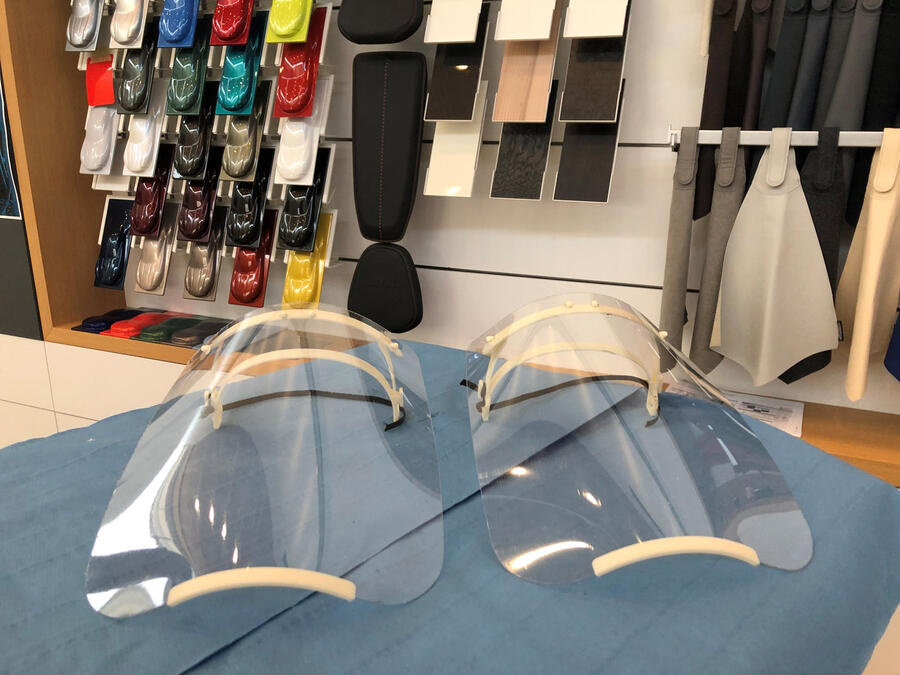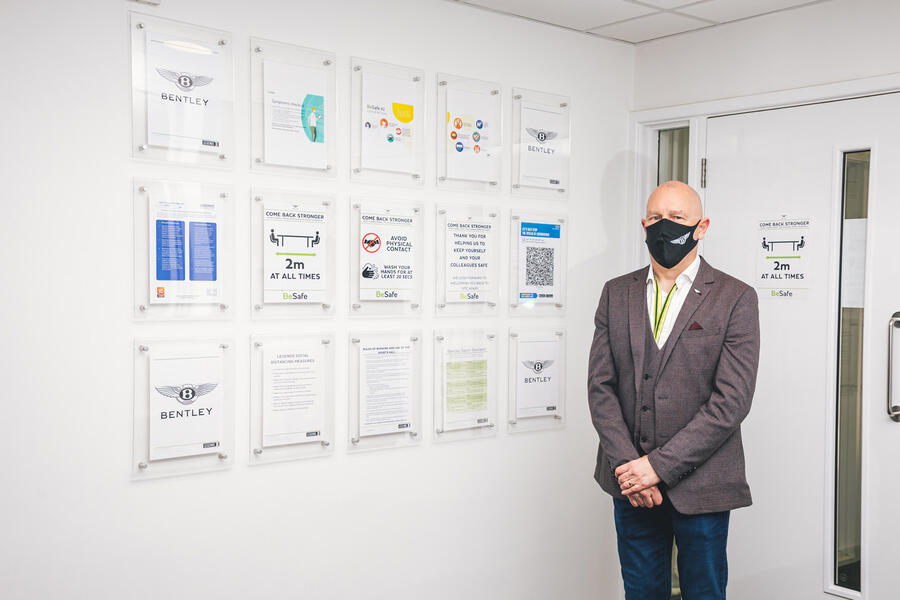While 2020 has not been a good year, the tragedy of a global pandemic has shown us the best of humanity – through the selfless efforts of countless individuals and groups to help others in the most difficult circumstances.
Phrases such as ‘hero’ and ‘star’ are too often thrown around liberally, but 2020 has shown who they truly are: the front-line NHS and medical workers who have put themselves at risk to treat others, the healthcare professionals who have looked after the most vulnerable, the essential workers who have kept the country running and those who have put the needs of others above their own.
Support for those heroes often came from unlikely areas. As lockdowns ground the car industry to a halt, many of those involved in it turned to help tackle Covid-19. Car companies and their staff made and donated PPE, helped develop and build vital medical equipment, delivered care packages and more.
Here is a selection of stories showing how the car industry helped in the face of adversity.
Mercedes-AMG - Ben Hodgkinson, head of mechanical engineering, Mercedes High Performance Powertrains
As head of mechanical engineering for Mercedes High Performance Powertrains, Ben Hodgkinson is used to pressure: he helps make the engines that have powered the Mercedes-AMG F1 team to seven straight drivers’ and constructors’ championships. But working on Lewis Hamilton’s engines pales to the challenge of reverse-engineering a small medical device.
“I’ve been in motorsport a long time, so I’ve never known any other pace,” he says. “It can be stressful, but I’ve managed it by saying ‘it’s not life or death’. But this actually was life or death. There was an intensity beyond anything I’ve experienced in F1.”































































Join the debate
Add your comment
Ford quickly shifted its production capabilities to manufacture much-needed medical equipment. The company collaborated with 3M to produce Powered Air-Purifying Respirators (PAPRs) for healthcare workers. Additionally, Ford partnered with GE Healthcare to produce ventilators, leveraging their manufacturing expertise and assembly lines. Their efforts helped address the critical shortage of medical equipment during the pandemic.
During the Covid-19 pandemic, numerous individuals and organizations in the automotive industry stepped up and acted as heroes, contributing their expertise and resources to help combat the crisis. These automotive heroes played a vital role in addressing the challenges posed by the pandemic and supporting communities worldwide.
Super Easiest 0nl!nee Home opportunity for all. make 87 Dollars per hour and Make 52512 Dollars per month.All you just Need an Internet Connection and a Computer To Make Some Extra cash. Visite this link ✒✒✒✒✒✒www.centerPay70.com